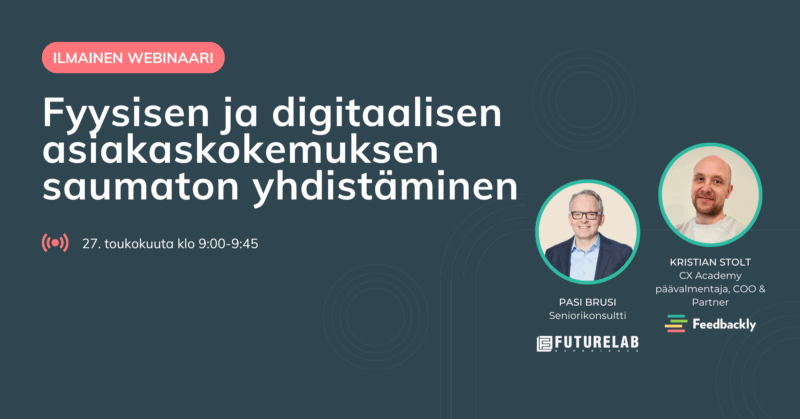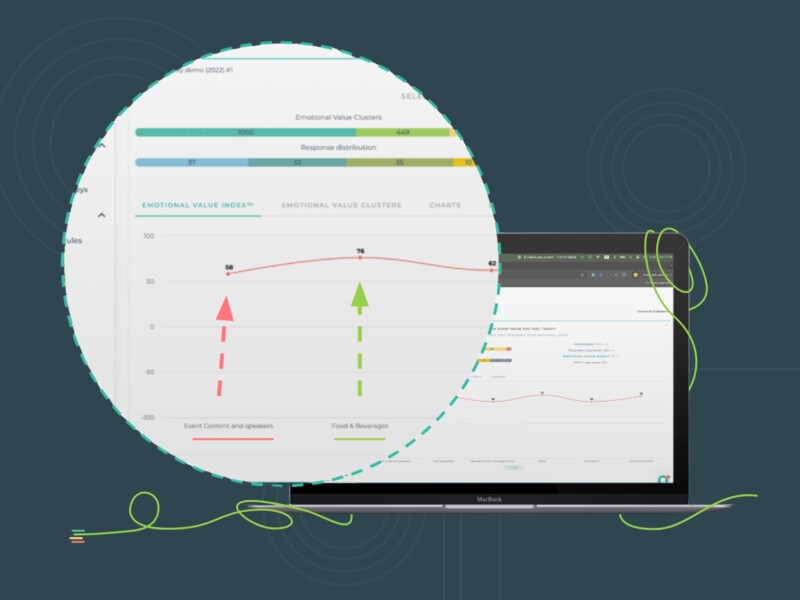The rapid growth of digital innovation has not only impacted the customer experience, it has also changed customer expectations. This is reflected in a recent survey that found that 64% of people believe that their customer experience is more important than the price of the product or service they are purchasing. After all, it’s customer experience that helps consumers decide whether or not they will keep doing business with a brand. In the coming years, customers will expect a more personalised and automated experience, as well as proactive solutions and real-time interactions. With that in mind, here are some of the latest tech available and how they can improve customer service:
Chatbots
Electronic communication is cheaper and faster for consumers and business owners. It’s also a great way to build a relationship with consumers since it allows them to reach businesses whenever it’s convenient for them. Finnish startup Front AI is developing a chatbot solution to “enable the automation of customer service interactions”. The goal of these chatbots is to provide a 24/7 service to consumers in Finland. Chatbots are the future of brand engagement as they provide a quick response to users, and can initiate a conversation to promote an offer or update consumers on the latest products.
Artificial intelligence
CIO explains that natural language processing is the latest tool in artificial intelligence (AI). It analyses human language so the AI is able to converse with humans. Through interacting with an AI instead of a person, customers receive the information they need in the fastest time possible and with less frustration. Huawei Enterprise GSC director Rolland Cheng told CIO that AI can more accurately solve user problems, especially when combined with backend knowledge-base. “We are currently developing cutting-edge big data capabilities to achieve the best interactive experience powered by AI for customers and partners,” he said.
Freelance services
Forbes reports that more companies are using technology to take advantage of the gig economy, which allows them to expand their in-house services and partner networks. This allows companies across the globe to create “create a vast service ecosystem that can respond to customer service requests much faster and – in many cases – at a much lower cost.” This cost-efficient method continues to rely on the freelance economy to improve customer service, and for good reason. ‘How to Hire Tech Talent’ by Yoss explains that the gig economy’s rapid growth has resulted in a pool of freelancers competent in highly technical areas, which is advantageous for companies who no longer need to hire full-time specialists for every project or campaign they undertake. This means consumers can expect a great deal of improvement when it comes to the products and services they get from the brands they support. For example, when Telco providers employ freelance engineers and service technicians for certain jobs or projects, it ensures that there is less waiting time and better quality service for the customer.
Machine learning
The retail and finance industry has always been plagued by fraud, which leads to negative customer experience. ‘How AI and Machine Learning is Improving Our Banking Experience’ by Tech Radar reports that AI is a useful tool in keeping consumers safe by analysing spending patterns, locations, and client behaviour. Put the technology together with machine learning and it can go as far as detecting anomalies in spending, which in turn reduces credit card fraud. It works by asking for additional information when it detects suspicious behaviour, catching fraud in real-time and blocking these transactions within seconds. This reduces the chances of customers losing a lot of money and time.
The Internet of Things
The ever-growing network of devices that use the Internet of Things generates a massive amount of data that companies can use to gain insights on customer behaviour and preferences. Companies can use the data gained from connected devices, such as smartphones, and determine the personal preferences of individual customers. This allows businesses to tailor their service based on those preferences and deliver a better customer service.



